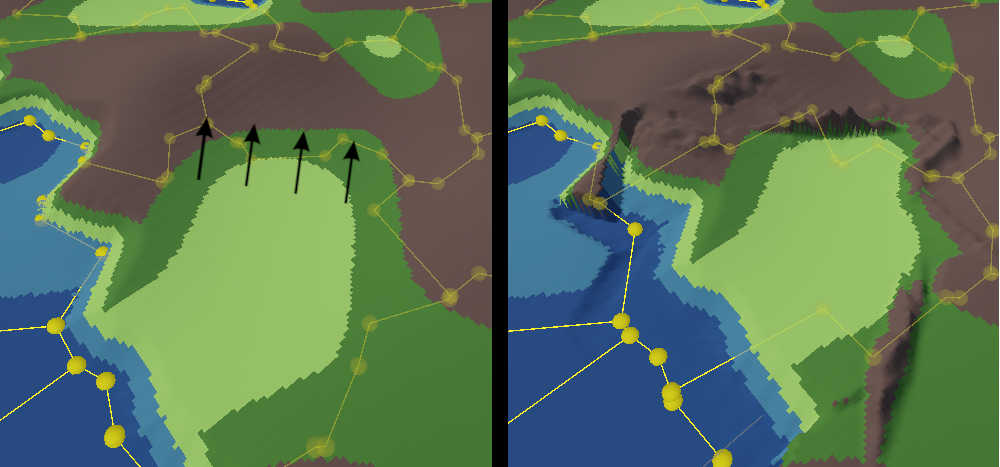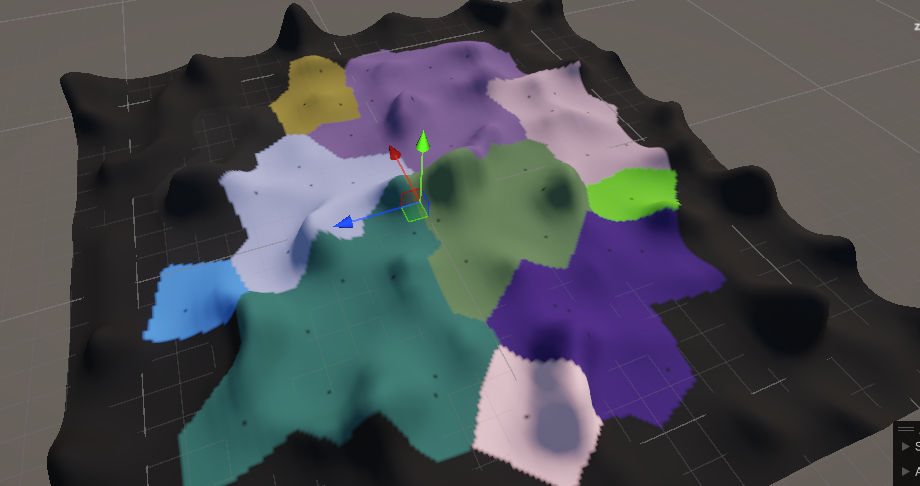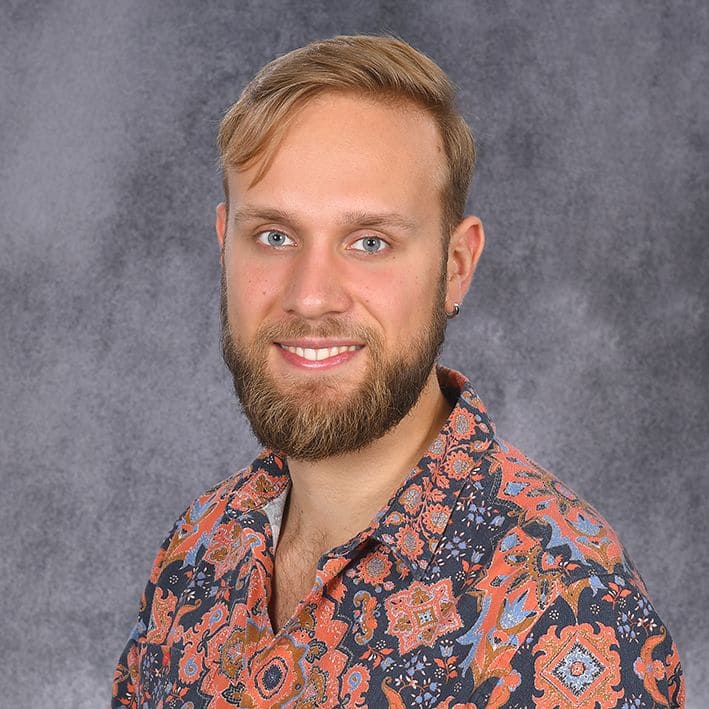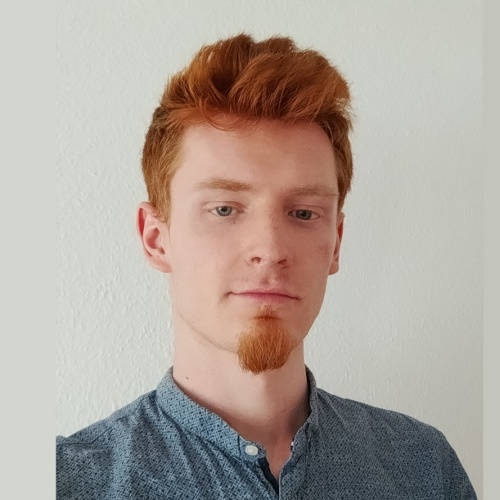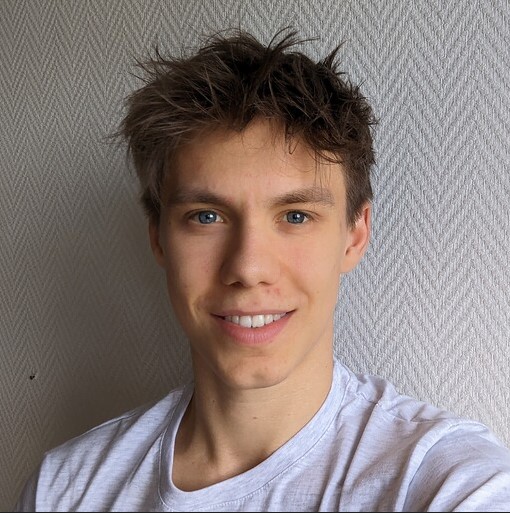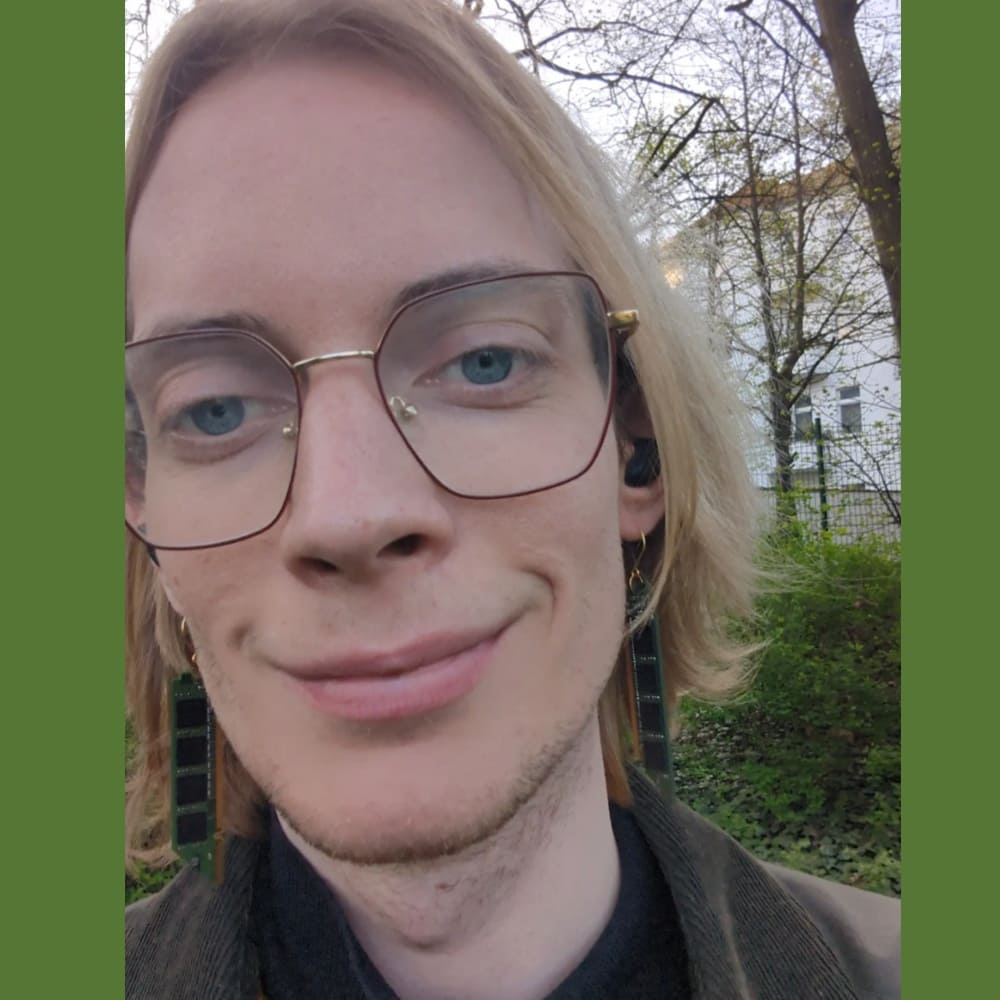Our primary goal for genesis was to create a procedural generation where each processing step is more and more dependent on the previous ones. We wanted to simulate earth’s creation, from the forming of tectonic plates and their movement to the influence of ocean currents on the climate and appearing of rivers, forests and animals. We wanted to use as little randomness as possible and try to emulate real geological and meteorological processes in an abstract matter.
The second goal was to introduce player interaction into these steps, so that a small influence in an early step can make a huge difference for the end result. Players should feel their influence immediately but at the same time wonder what consequences their recent actions will entail.
Example of play
In the tectonic plate movement phase, the player moves two plates apart, creating a ridge that now connects two different oceans, completely altering how ocean currents are going to influence climate. The climate in turn will influence rainfall, and thus, where a jungle with then more dangerous animals will grow.
Steps of generation
At the beginning, earth was covered in lava which cooled down over time, getting solid in a random pattern and breaking at random positions. This is how our game starts: A random heightmap is generated using a perlin noise and plates are formed using two overlapping voronoi diagrams of different sizes. Now the player can adjust plate heights and cause them to move, breaking apart or crashing into each other, forming mountains, canyons and islands.
After the process is finished, a heavy rain starts and oceans form. After an equator was drawn by the player, ocean currents start to flow, influencing wind and thus, the climate. Depending on temperature and currents, rain starts to fall and rivers start sprouting from the mountains, or areas the player clicks on, and flow downhill to sea, making the land fertile and potentially bringing life to dead areas.
Forests, jungles and deserts are the result of these steps and flora and fauna start to appear, their quantity and hostility depending on climate and floral conditions. A world has formed and is ready for our human society.
